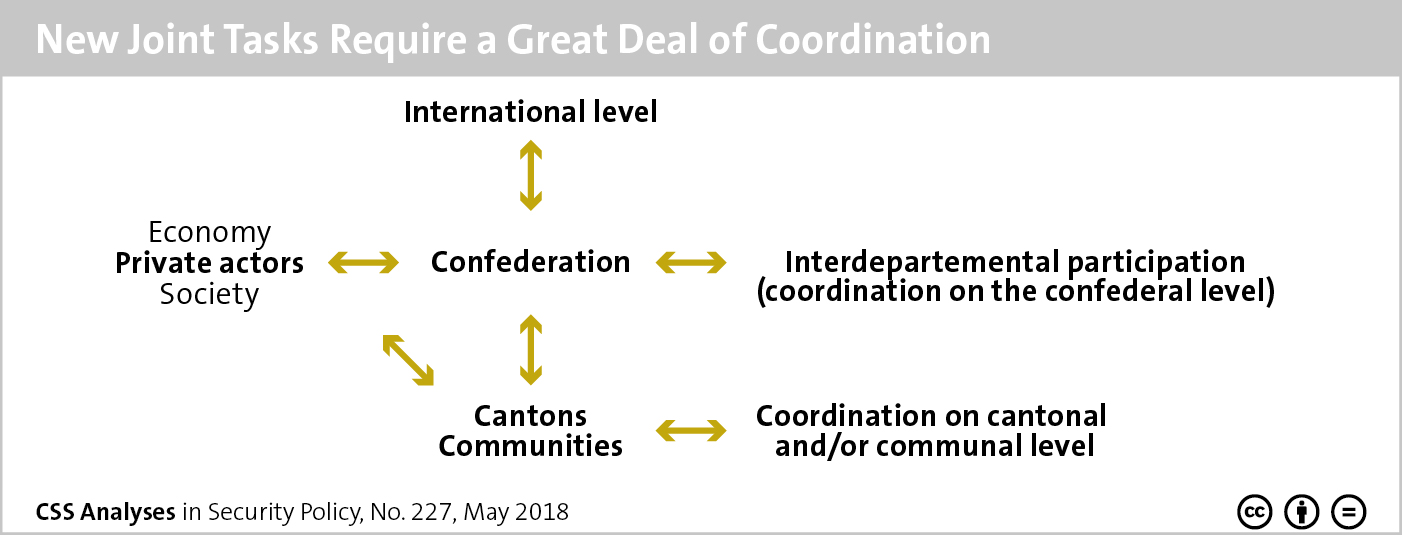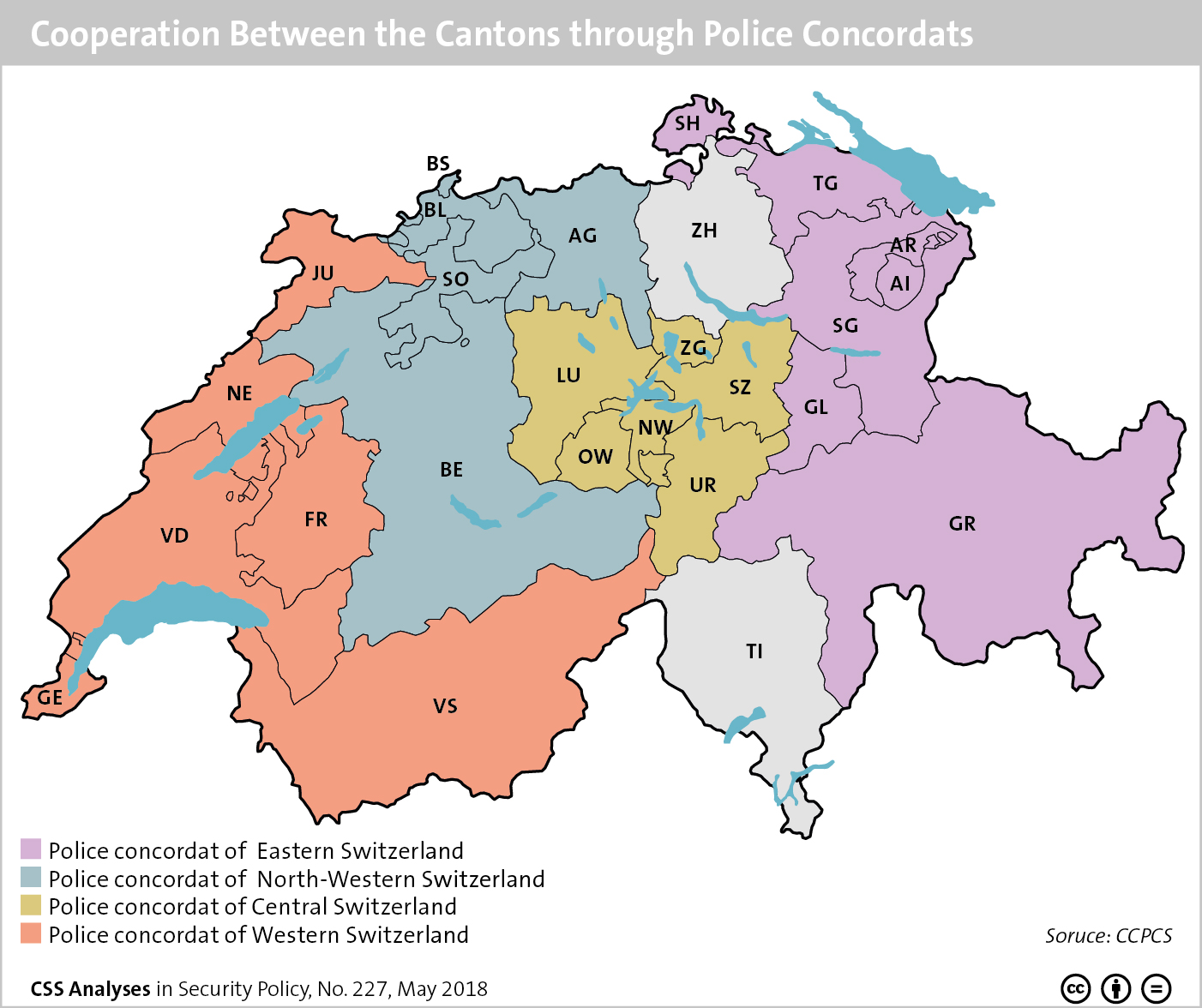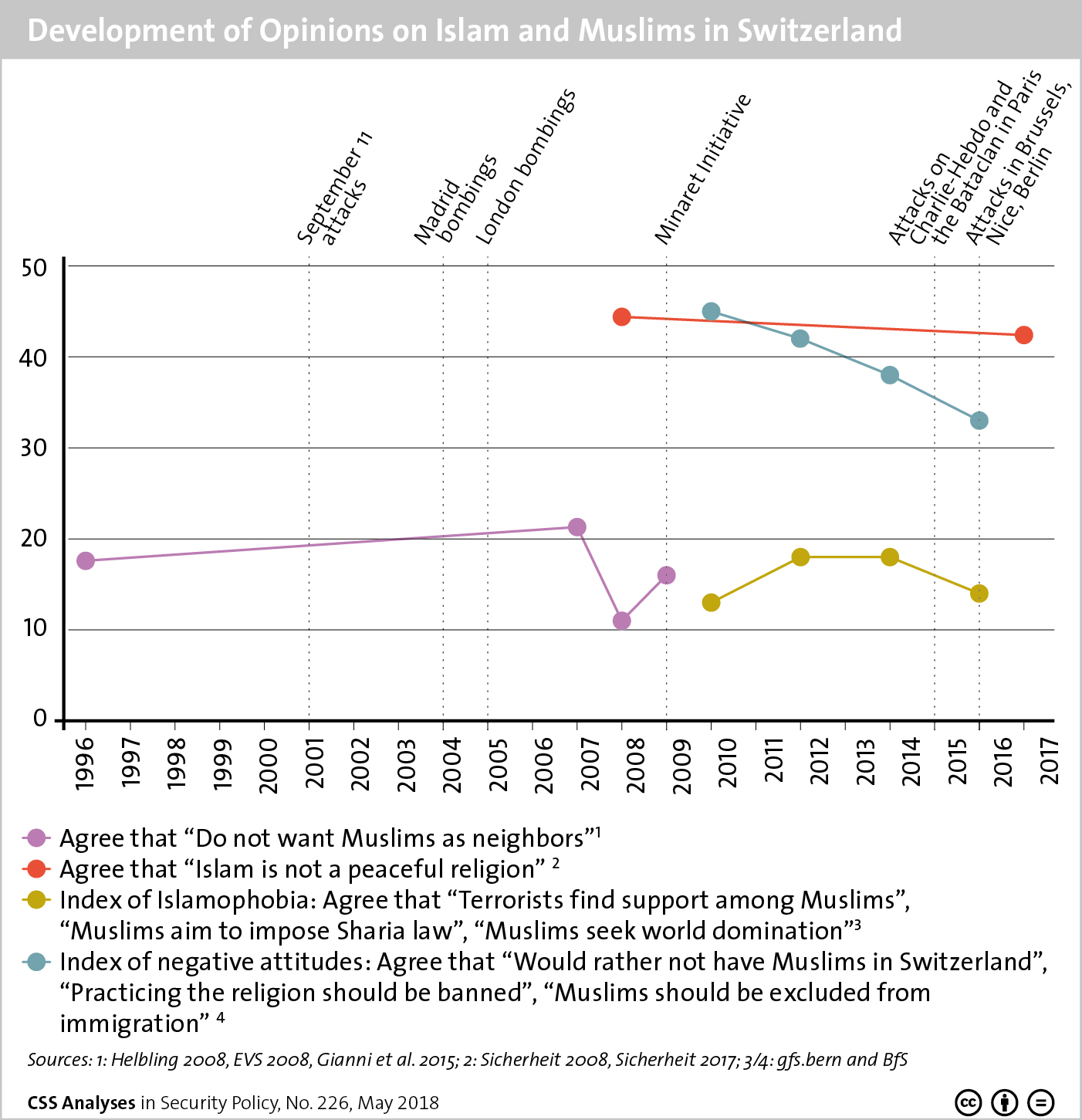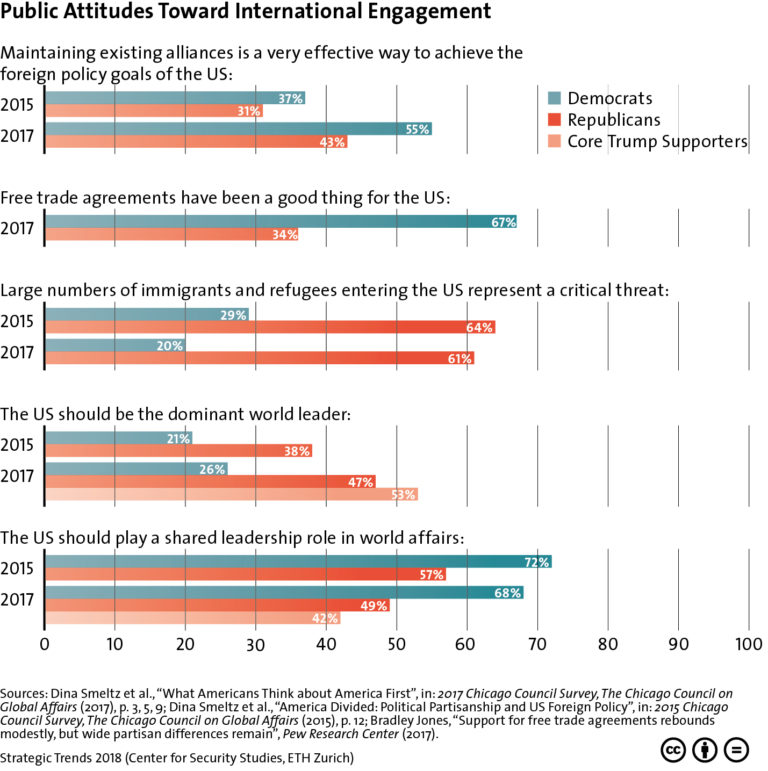
This graphic outlines the multi-level stakeholder coordination utilized by Switzerland to address security threats- both physical and cyber. For more on subsidiarity and the evolution of Swiss security policy, see Matthias Bieri and Andreas Wenger’s newest addition to the CSS’ Analyses in Security Policy here. For more CSS charts, maps and graphics, click here.







